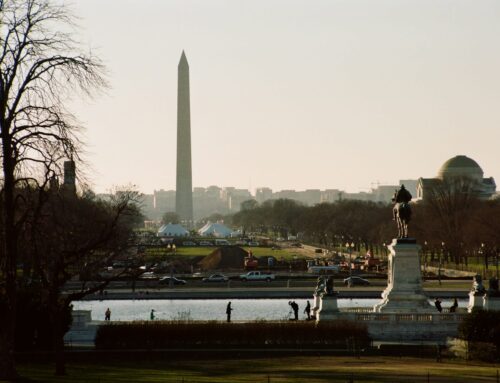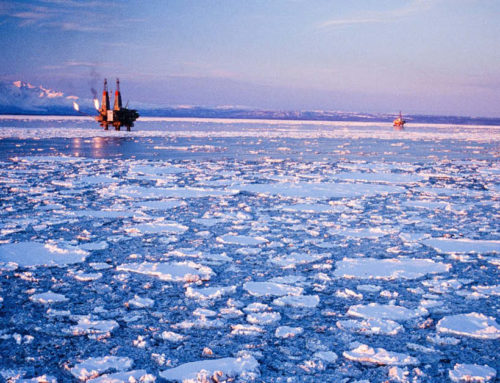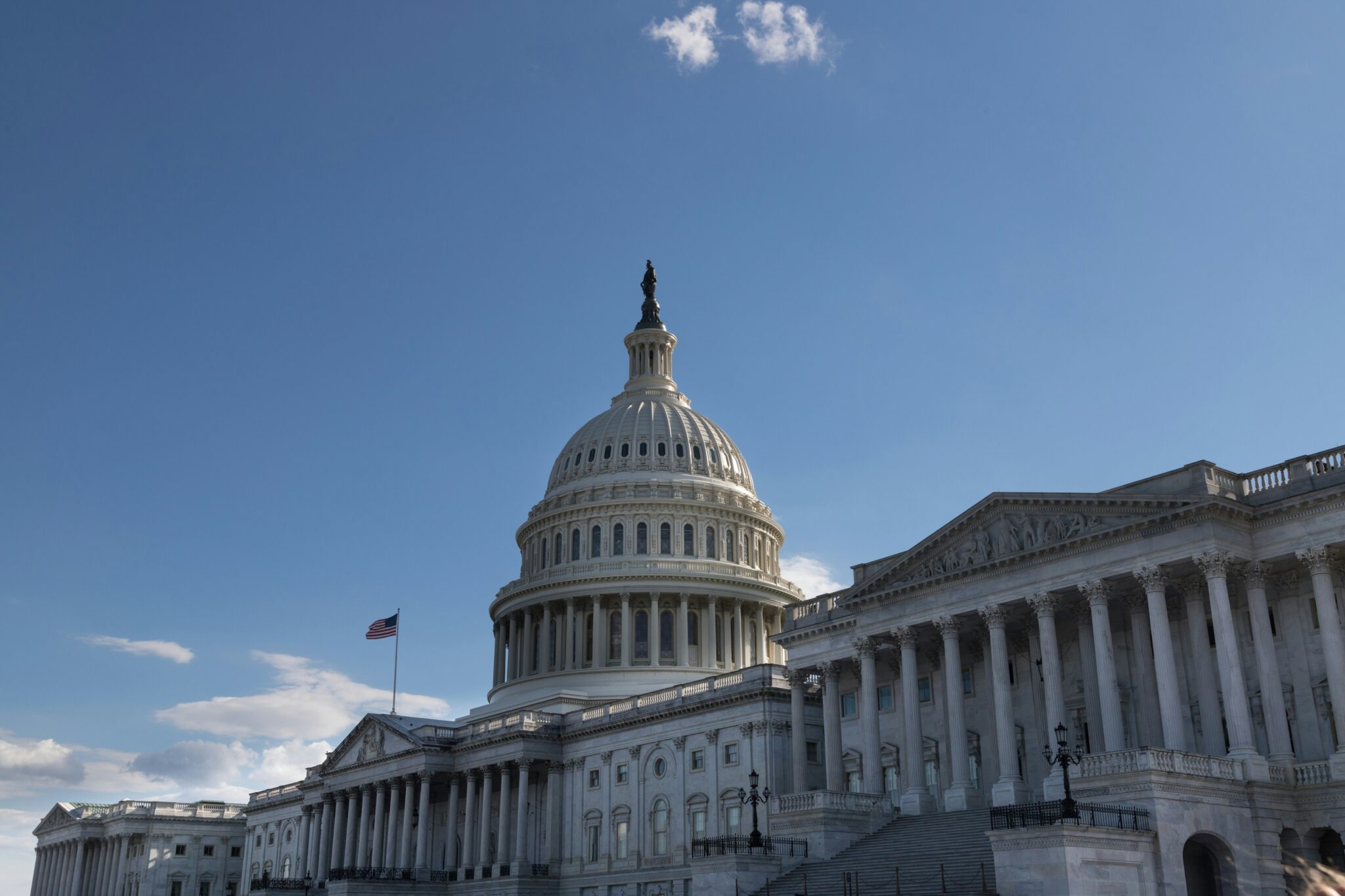If not for a one-year delay put in place by Department of the Interior Secretary Ryan Zinke, the Bureau of Land Management’s (BLM) methane waste prevention rule would have gone into effect this week. The rule should have provided greater protections for taxpayers across the country, including Montanans, and reduced waste by increasing the capture and sale of natural gas from public lands. Instead, the Interior Department is allowing industry to continue wasteful practices that are within its power to prevent — at taxpayers’ expense.
After years of rulemaking and collaboration with stakeholder and industry groups, the BLM, a sub-agency of the Interior Department, finalized its waste prevention rule at the end of 2016. The rule aimed to curb methane waste and return revenues to local communities and all federal taxpayers by requiring oil and gas companies to reduce the amount of wasted gas.
Despite overwhelming support for reducing natural gas waste across the country, the rule was promptly threatened in Congress by a Congressional Review Act (CRA) challenge. After months of uncertainty, a CRA resolution to repeal the rule was brought up for a vote on the Senate floor in May 2017, and it was struck down.
Just one month later, the rule faced another challenge — this time from Interior Secretary Zinke. Even though thousands of Americans spoke out during a public comment period in support of common-sense methane waste rules, and millions of dollars continue to be lost on vented, leaked and flared natural gas each year, the BLM has now suspended the 2016 rule.
Without the BLM waste rule, the problem of lost gas on federal lands will continue to worsen. The total amount of natural gas flared from BLM-administered leases doubled from 2009 to 2013. Lost gas from federal and Indian lands in 2014 alone had a sales value of $444 million and a royalty value of more than $50 million. Between 2009 and 2015, federal and Indian onshore wells vented or flared enough gas to serve more than 6 million households for a year.
Much of this gas could be captured, and the BLM rule should have required oil and gas companies to regularly check for and repair leaking equipment using readily available and cost-effective technologies. In 2010, the Government Accountability Office found that around 40 percent of natural gas being vented and flared from onshore federal leases could have been economically captured with the use of available control technologies.
We also know that the BLM methane waste rule would have been achievable by the oil and gas industry. The rule is based in large part on the stricter comprehensive methane rule adopted by Colorado nearly four years ago.
In Montana, where we do not have state-level rules to curb methane waste on public lands, the federal rule was an important tool that protected taxpayers and reduced wasted gas. We simply cannot afford to turn back the clock on methane waste. Even while the administration pushes forward with their pro-industry agenda, we must continue fighting for common sense federal rules that benefit all federal taxpayers not just well-funded special interests.
We know that without the BLM methane rule, methane waste will continue without consequence, and millions of dollars of taxpayer-owned natural gas will go up in flames.










